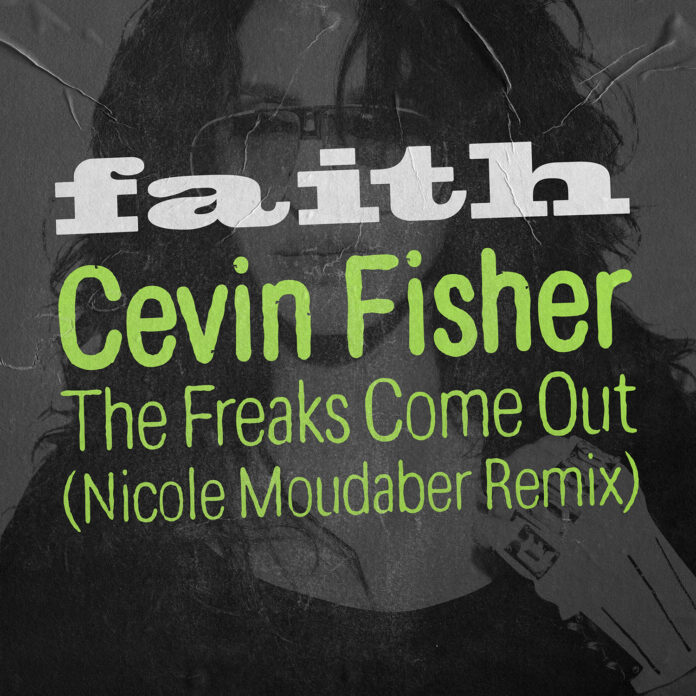Some anime titles are fated to be lost to time. Whether it has a boring premise, simple characters or themes that have been explored before, even plenty of popular series will not be remembered a few years beyond their release. However, others have been around 30 or more years yet remain relevant in today's popular culture. What is it that makes these anime stick?
The anime industry of the '80s and '90s was turning out new, inventive pieces the likes of which had never been seen before. When something is new or the first of its kind, it is almost guaranteed to make an impact. These works become part of the cultural osmosis, still mattering to the next generation simply because of how much they mattered to the old. The emergence of anime with new genres, touching themes and bold premises have kept certain titles from fading over time, too important to be forgotten.
One such key title in a list of firsts is Akira, released in 1988. Akira was an instant hit in theaters and truly solidified the concept of cyberpunk that has led the genre to where it is today. Akira was the first true cyberpunk -- flashy and violent with gunfire and iconic bike scenes across a backdrop of Neo-Tokyo. Due to this solidification of a new genre, anything that came after would automatically be compared to the original. Comparatively speaking, it's like when spy movies in the West are constantly compared to James Bond, as Bond was the first spy to make such a major impact on pop culture.
Akira had such a similar impact on Japanese pop culture that it continues to be the quintessential cyberpunk anime today, even though many anime fans were not yet born when it was released. Akira is a part of the cultural osmosis, where the importance of its creation transcends generational boundaries. Any cyberpunk anime can trace its roots back to Akira, from Ghost in the Shell to Psycho-Pass, and for that, it will likely be an iconic work for decades to come.
Studio Ghibli likewise made an unforgettable mark that has made even its earliest films beloved classics. My Neighbor Totoro, also from 1988, was not particularly trendsetting when it came to genre, but instead in introducing a new type of aesthetic to the movie theater. The emphasis in Ghibli films is on lush details and stories that value friendship and a pure heart. Extended sequences of everyday things like cooking or exploring the woods, as well as themes like love offered from unexpected angles, make films set in even the simplest of settings magical. The result is movies filled with a melancholy ache for childhood and an appreciation for the natural world.
These unique elements made the impact required to place Ghibli films into the collective of works that would be passed on down to next generations as something to watch and appreciate. It was a love for the tiniest details that Ghibli has mastered in their films, touching upon simple yearnings and appreciations for things like flower-picking and making food.
Revolutionary Girl Utena, released in 1997, had all the hallmarks of an anime that would slip through the cracks, including a low budget and being the first production of a brand new creative group. Instead, Utena exploded into a work that would influence anime and Western media for the next two decades and beyond. Utena's themes of female independence, its subversion of shojo stories, LGBTQ representation and heavy psychological themes earned it critical attention and accolades. The relationship between Utena and Anthy was a defiance of the fairytale shojo genre, with Utena's insistence upon being her own prince tearing down heteronormative ideals.
Moreover, Utena's exploration of toxic love and male dominance alongside the developing romantic relationship between the two female leads not only created discussion but also a safe haven for LGBTQ fans. While other anime had featured same-gender relationships before, as well as addressed topics such as isolation and sexuality, Revolutionary Girl Utena was a landmark both for LGBTQ representation and for the bold and unapologetic deconstruction of harmful shojo stereotypes.
Whether through pioneering a new genre, drawing upon aesthetics in a new way to reach the audience, or becoming milestones for representation, certain anime shows and movies become too influential to forget. Their mark upon pop culture is deep enough to pass from one generation to the next. The '80s and '90s were a prime time for classics to be born as anime experimented with just how far boundaries could be pushed. Many firsts were born over these years, and it is the firsts of something that have the greatest chance to leave their mark.
About The Author

